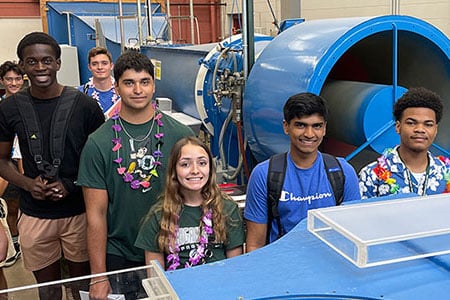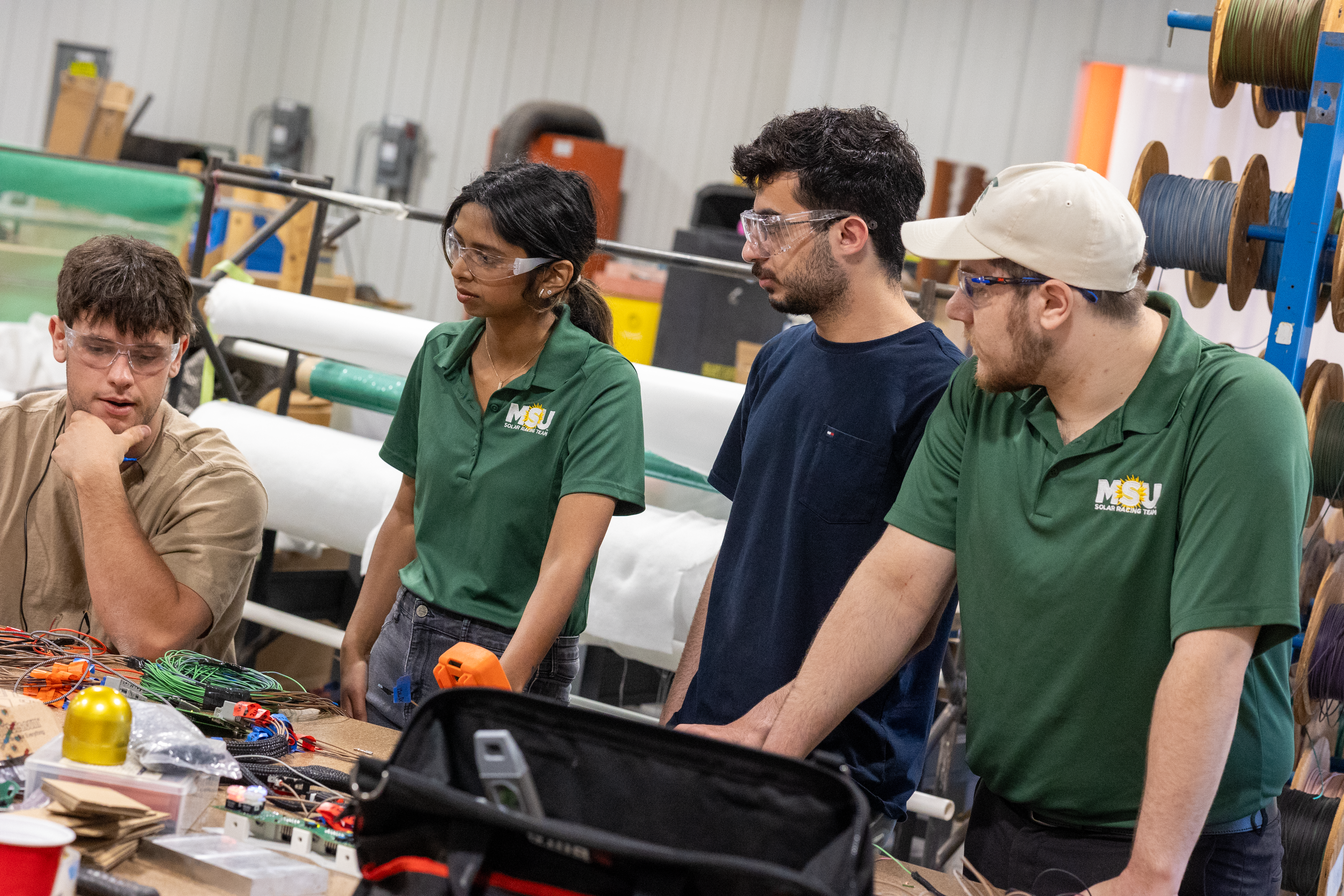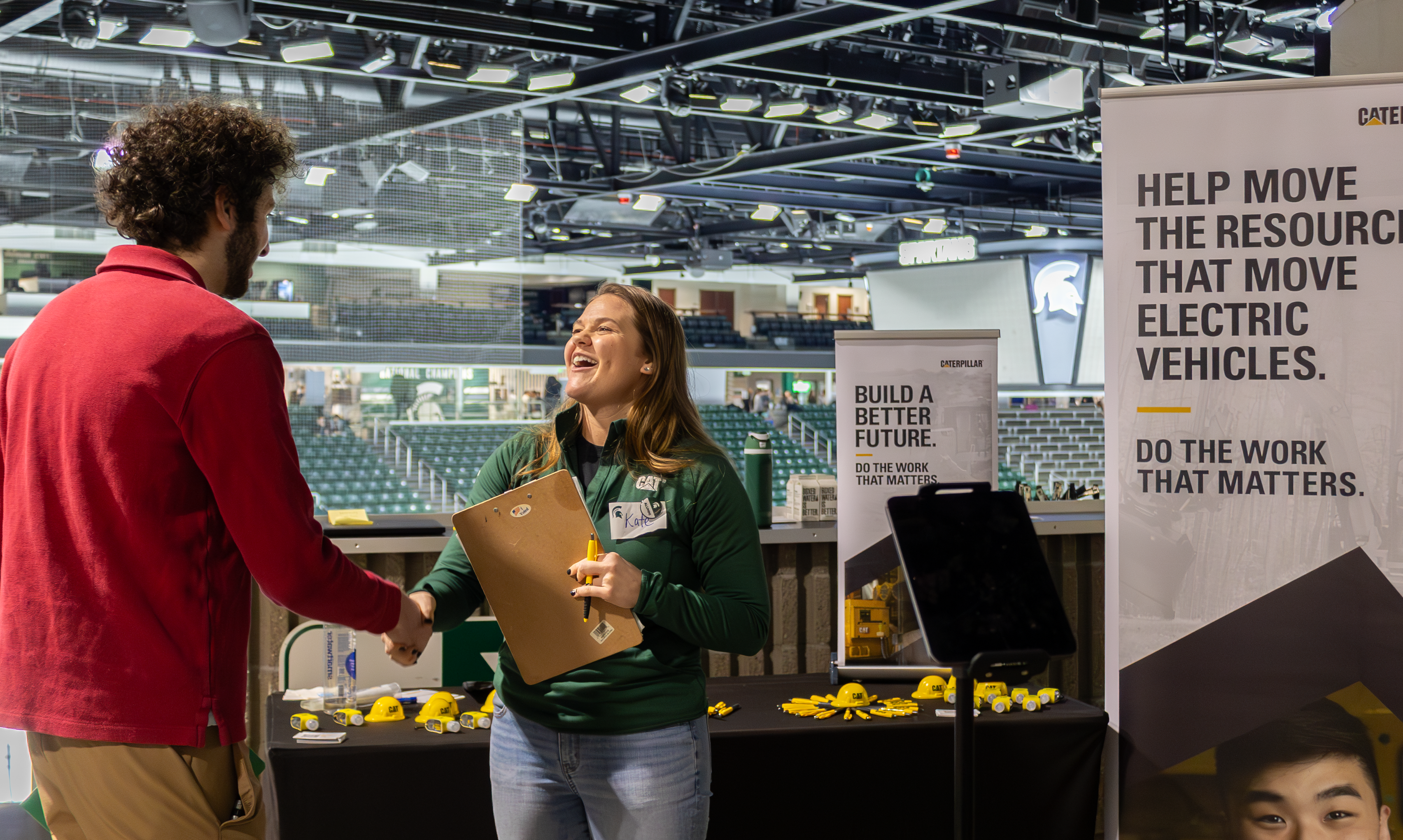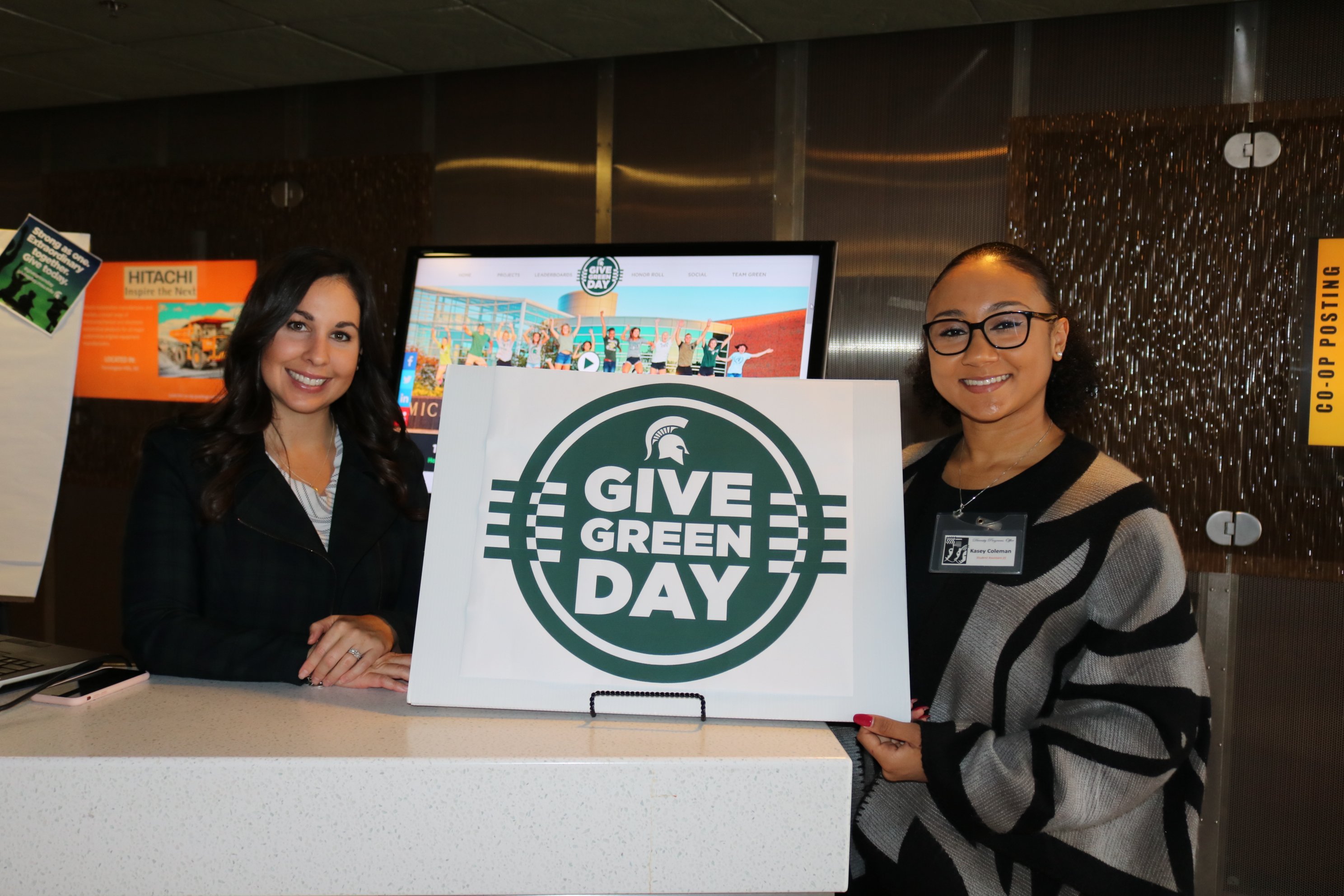Removing bumps on the path to fully automated driving
Four Spartan Engineers represented Michigan State University when SAE International and General Motors kicked off the AutoDrive Challenge with a workshop at SAE's Pittsburgh-area headquarters on June 5-6.
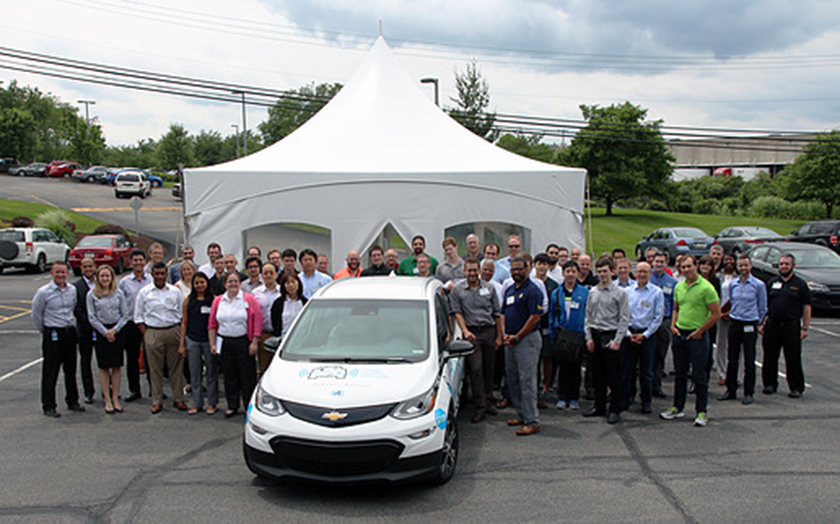
Associate professor Daniel Morris and PhD student Mohammed Al-Qizwini from the Department of Electrical and Computer Engineering, and computer engineering undergraduate students Jason Merlo and Kyle Lammers were among the 65 who reviewed Year 1 Competition Rules and discussed the basic technical and safety elements involved in retrofitting a conventional car for autonomous driving.
AutoDrive Challenge is SAE's newest Collegiate Design Series competition, which was announced on April 5, 2017.
Eight teams were selected as AutoDrive Challenge participants: Kettering University, Michigan State University, Michigan Tech, North Carolina A&T University, Texas A&M University, University of Toronto, University of Waterloo and Virginia Tech.
Morris said the MSU AutoDrive team is led by undergraduates and is a "fantastic research and educational opportunity."
"MSU faculty, graduate students and industry experts, will provide mentorship, while the students explore the latest research in sensors and artificial intelligence, and pioneer new ways to give our vehicle the smarts to drive on its own," Morris added.
AutoDrive Challenge is the first technology-specific competition joining the already successful hands of engineering collegiate events Baja SAE and Formula SAE. The teams are challenged to integrate autonomous technology sensors and software into a Chevrolet Bolt donated by General Motors. Teams will achieve Level 4 autonomous driving per SAE International standard J3016.
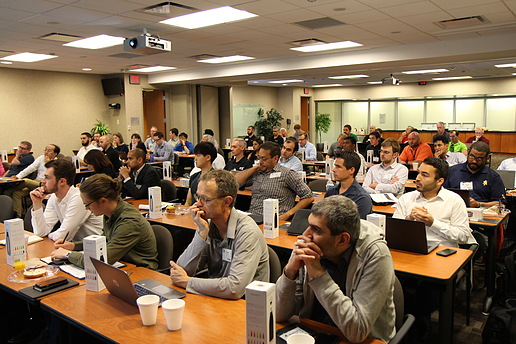
AutoDrive Challenge consists of three annual on-site competitions of increasing complexity and difficulty, the first of which is scheduled for April 30 to May 4, 2108, in Yuma, Ariz., on GM's desert proving grounds.
"At GM, we're excited to be part of this competition and have SAE as a partner, because standards and education are what it's all about," said long-time SAE Member Mark Johnson, one of several GM representatives serving on the AutoDrive Challenge Steering Committee. Interviewed by SAE editors during a break at the workshop, he noted that in addition to giving each team its own platform vehicle, GM has assigned eight of its engineers to be mentors for the teams.
"We think that gives us really great insight into what the teams are doing, what they're thinking about," said Johnson, whose title at GM is Operational Excellence Champion for Global Product Integrity. "It's natural communication pathway for questions and assistance. We get to see some of their great ideas and maybe help keep them away from some things that we've already tried [at GM] and that didn't work out so well. Plus, it's a great opportunity for us to find those really excited smart people on each team that might want to work for us someday."
Said Al Wicks, faculty advisor for Virginia Tech's AutoDrive Challenge team: "I think it's important that we do workforce training" on autonomy and robotics. "This is what engineering is going to be about in the future." A veteran faculty advisor in DARPA's Urban Challenge and Grand Challenge—mid-2000s autonomous driving competitions—Wicks noted that half of the students applying for Virginia Tech graduate degrees in mechanical engineering are most interested in the specialty of autonomy and mechatronics.
"We're trying to provide educational experiences that allow university students to engage in a workforce development experiences that propel them to come out of the experience several steps ahead of what they might achieve with a traditional degree in terms of their experience and knowledge about autonomy," said Chris Ciuca, director of Pre-Professional Programs at SAE.
The hands-on experience gained in integrating various technologies to create a functioning autonomous vehicle will prove invaluable to the student participants, Ciuca added: "These kids are going to come out light years ahead of where their counterparts are going to be when it comes time to engage in the professional workspace. That's what we're looking for.
